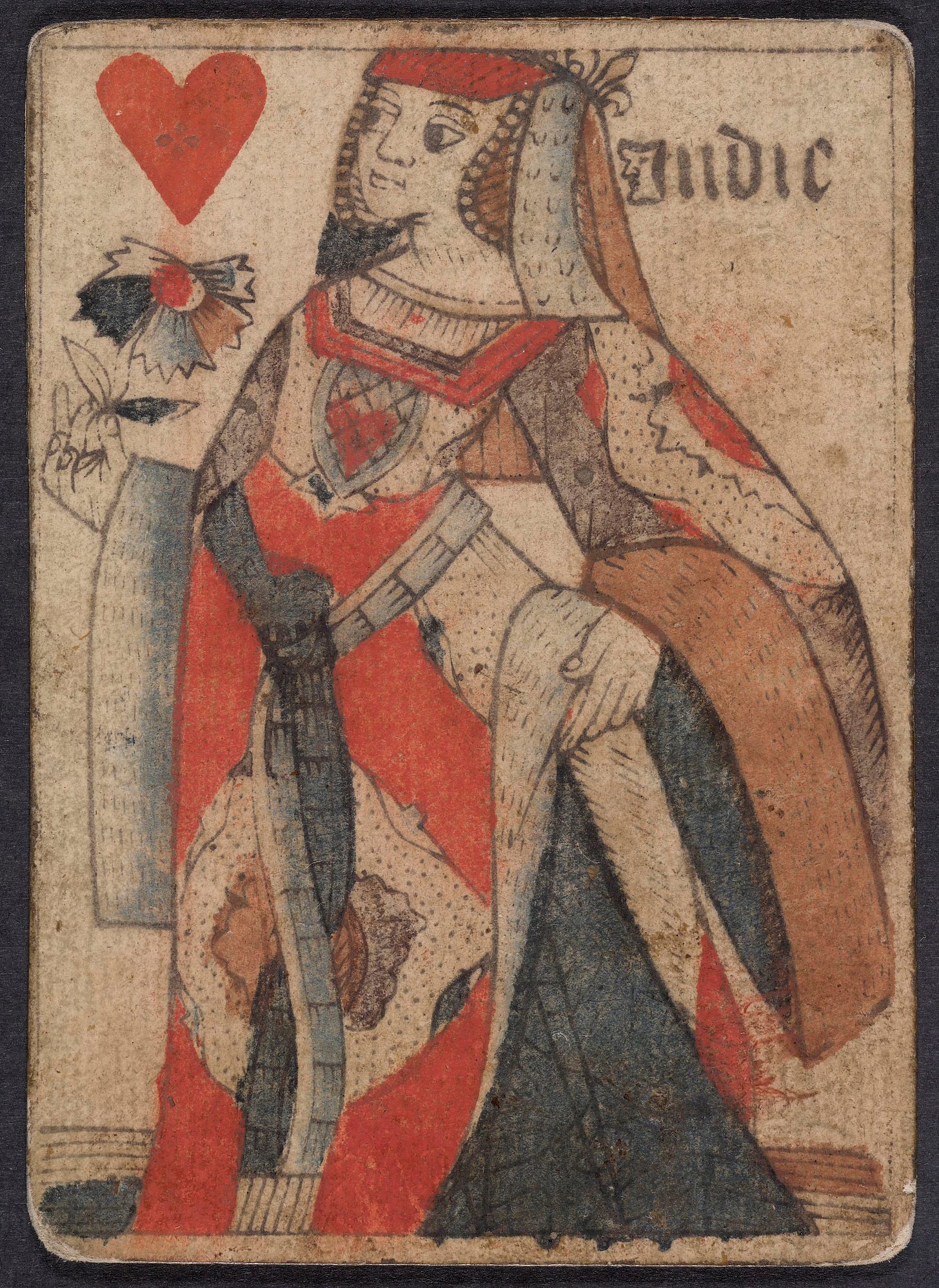Sometimes a famous piece of history you’ve known forever and rather taken for granted has a new light shone upon it, and it hits you, quite suddenly, how totally, utterly wild it was, even when it happened.
Henry VIII’s astonishing gallop through six marriages, with six unlucky women whose weddings were so costly and lives held so cheap, is one of them. I mean genuinely, WTF.
Six the Musical, which is on at the Vaudeville Theatre and booking to May 2025, not to mention on Broadway, in Toronto, touring the UK and Ireland, Holland, Japan, the Philippines and Australia, already capitalised on our endless fascination with the axe-happy king to explore the women’s own individual stories through a sort of girlband gig theatre.
I’ve seen Toby Marlow and Lucy Moss’s ingenious show twice (the song All You Wanna Do, sung by Katherine Howard in the show, is a masterpiece of stealth discomfort, allowing it to slowly dawn on you just how powerless and abused this teenager was by every man she ever came into contact with even before her royal husband, all through the medium of Ariana Grande/Britney Spears-inflected bubblegum pop) and I would recommend it to anyone.
That’s not what I was going to write about though, because now the National Portrait Gallery also pulls focus onto these unfortunate women, reduced over 500 years to a mnemonic, to look at each queen’s background, the people around her (for better or worse), her reign, and how she presented herself - often in opposition to her predecessor, as with Jane Seymour, who used the emblem of a phoenix rising in a Tudor rose garden to emphasise her time on the throne as a new start after the epic conflagration of Anne Boleyn’s.
Six Lives, on to September 8, is a great show. Each queen gets her own room and there’s a wide variety of material on display, from six wives Russian dolls to Hiroshi Sugimoto’s contemporary photographs of Madame Tussauds’ wax effigies.
Obviously the best bits are the Holbein portraits of the queens and others, which are always breathtaking, but there are also jewels (occasionally inherited from one wife to the next, which I suppose is practical, if grisly), letters, tapestries (one stunning example here shows a scene from the life of Esther, the second wife of King Ahasuerus following his divorce, with whom Boleyn triumphantly aligned herself at her coronation), exquisite miniatures, stained glass and more.
Keep reading with a 7-day free trial
Subscribe to The London Culture Edit to keep reading this post and get 7 days of free access to the full post archives.





